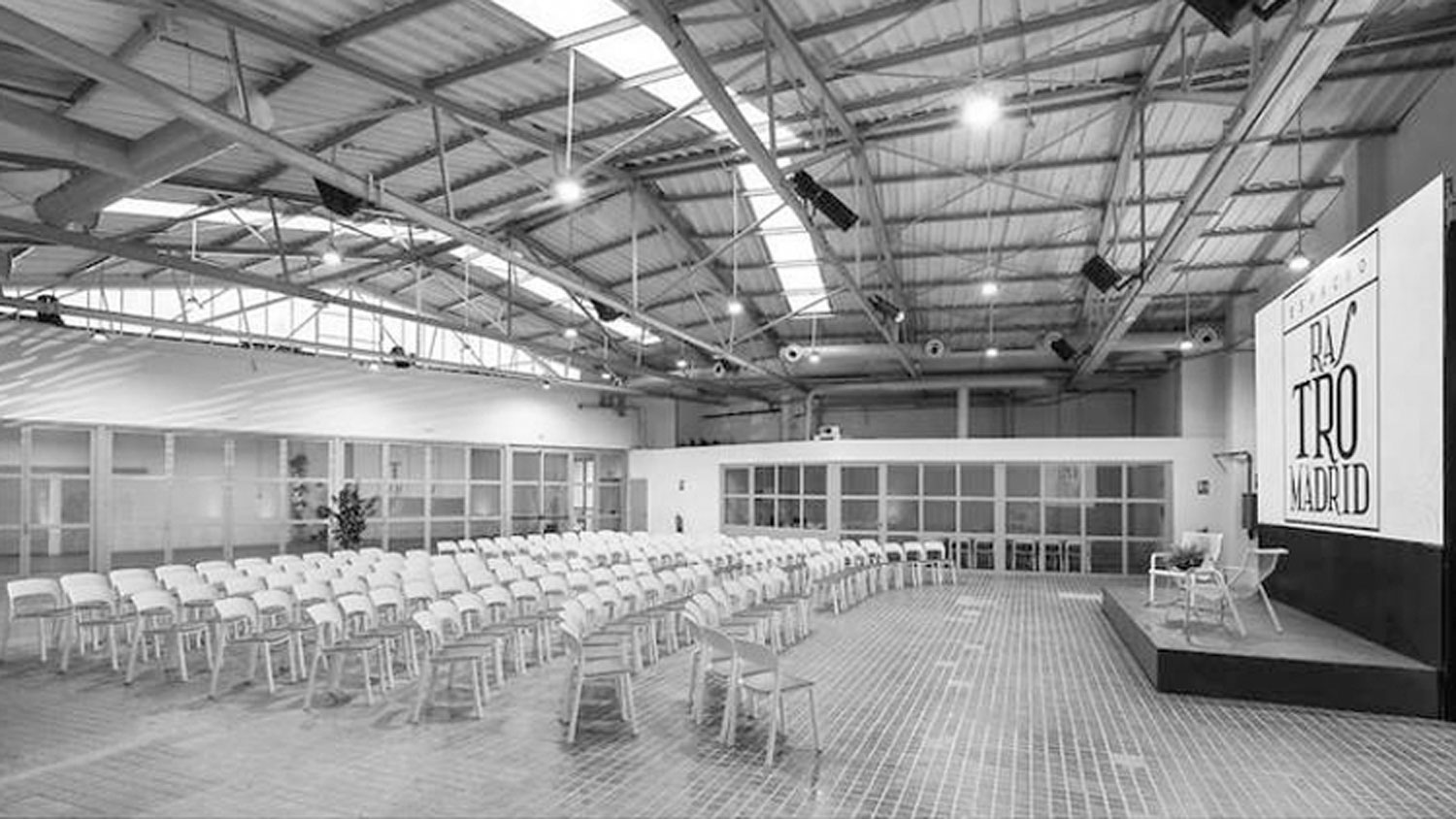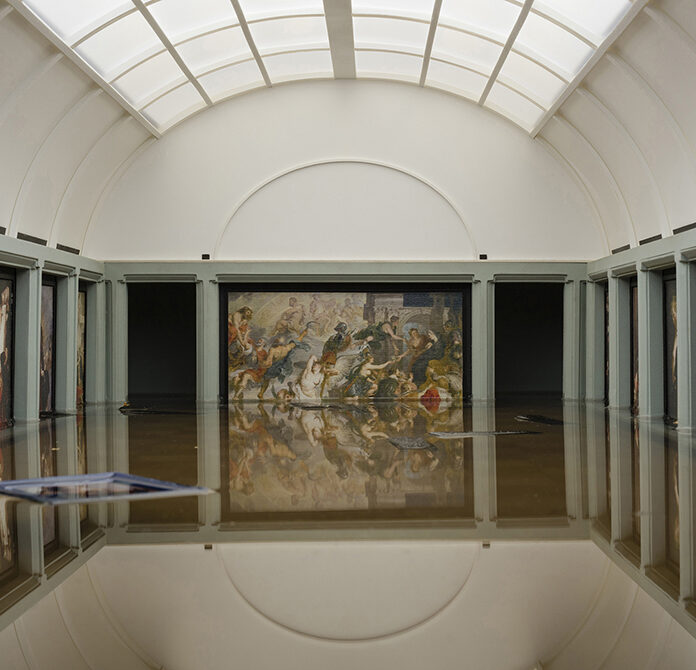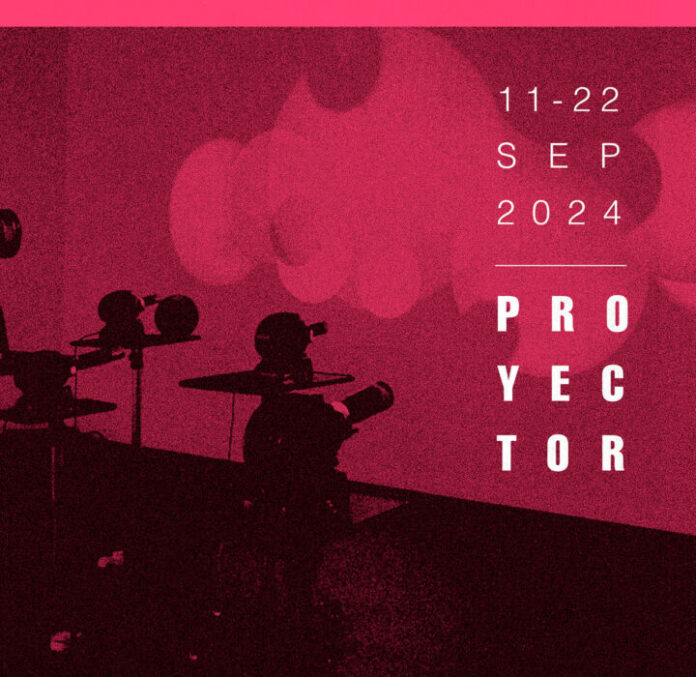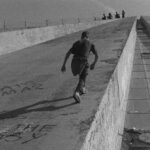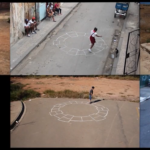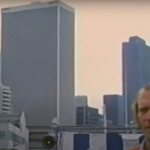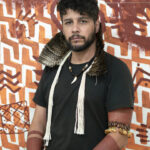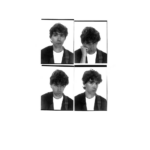Espacio Rastro
They had no breath left to say it
«My dear, here we must run as fast as we can, just to stay in place. And if you wish to go anywhere you must run twice as fast as that».
Lewis Carroll, 1865.
Flexion, extension, abduction, adduction, rotation, circumduction, inversion, eversion and all combinations of these are possible displacements of a body in space. A zenithal plane of the ceiling is the point of view. The slightest movement of the shoulder and concatenated with other muscles changes position making it impossible to paralyse the rest of the body. We move from one place to another, sometimes with a fixed objective, sometimes by inertia or in response to the movement of other bodies, other objects.
If I am in the metro and someone invades my personal space I move, although sometimes I cannot. There is an exercise, when you are learning to dance tango, that consists of the couple having to move without touching each other, only guided by the synergy of the bodies, for this you have to be very very attentive to the partner who guides, and feel the subtle indications of the energy that emanates in the confrontation of both bodies. Every action generates a reaction of equal intensity, but in the opposite direction, says Newton’s third law. A butterfly flaps its wings and it starts to rain.
The speed at which we see a succession of still images in the cinema makes us believe that we are witnessing the happening of an action, of a movement, but is this a mere illusion, or is it possible to think that the movement of our bodies is composed of still frames that we are incapable of perceiving as a moving image?
The first time I took swimming lessons I was shaking with fear. I was afraid that I wouldn’t remember anything and that I would be completely vulnerable in the 4 metres of water spread out over 30 metres. To my surprise, the body knew these movements better than I did. The body has memory, I was told. I automatically thought of the times I moved to places that, if you ask me, I wouldn’t know how to get to, nor would I know how to indicate it on a map. However, more times than I can count on the fingers of both hands, I have moved from one place to another only by the memory that the body retains of space.
Motion immobility, fixed movements. In play there is also movement and an action demands a reaction, even if we remain motionless, as in a mannequin challenge waiting for the movement of a camera.
For Gadamer, playing is always playing-with, even the one who watches the game participates. And, in this sense, «every work leaves the receiver a space of play that he or she has to fill». But, if a work deals with play, are we facing a tautology? Play to play, play to play-with, act to decelerate.
In this continuum of movements and reactions, the play of bodies in space becomes a complex web of interactions and memories, the speed at which the successions of frames pass imperceptible to our eyes is exposed. We move from one place to another, sometimes with a fixed objective, sometimes by inertia, responding to the environment and to other bodies. In the end, we keep running, perhaps without the intention of moving forward, but simply to stay in the same place.
Text: Yese Astarloa

